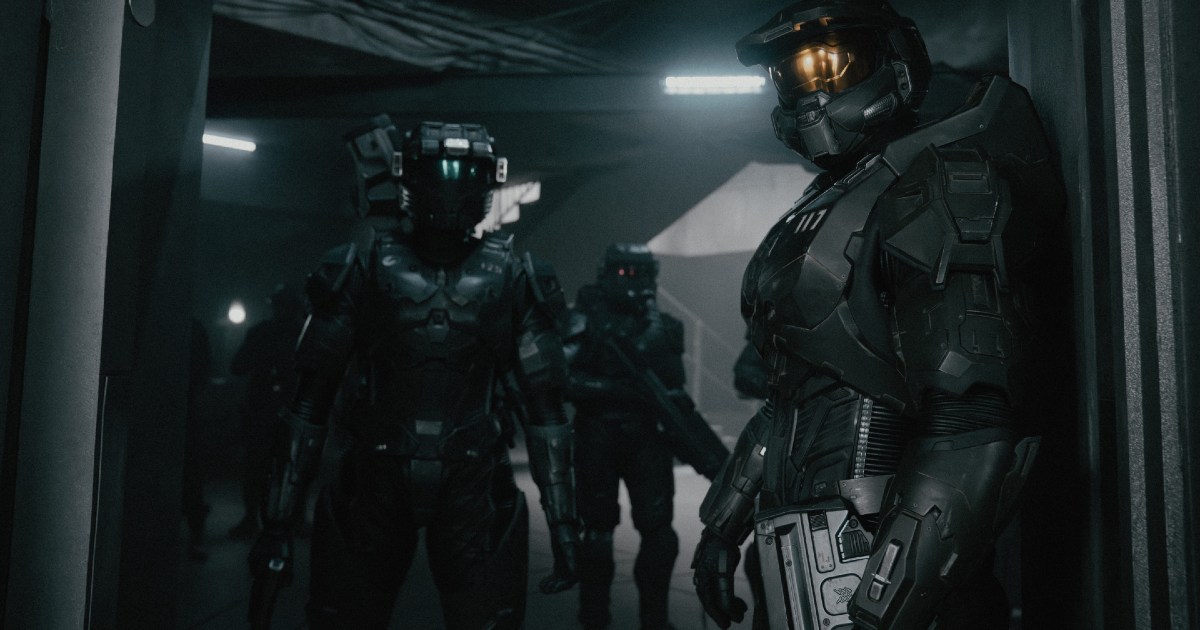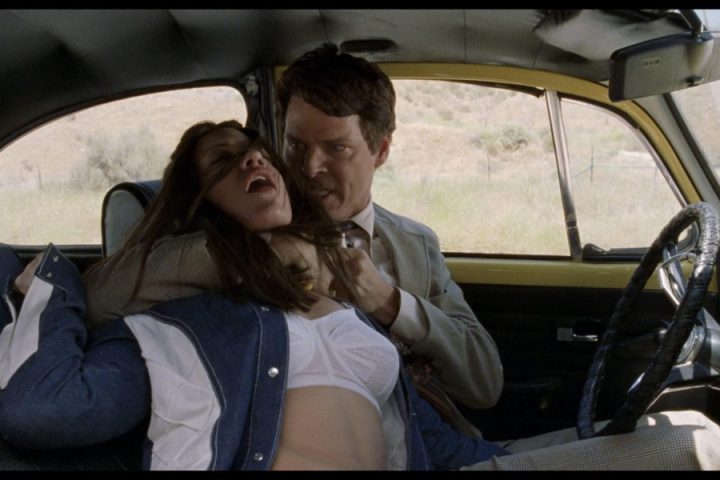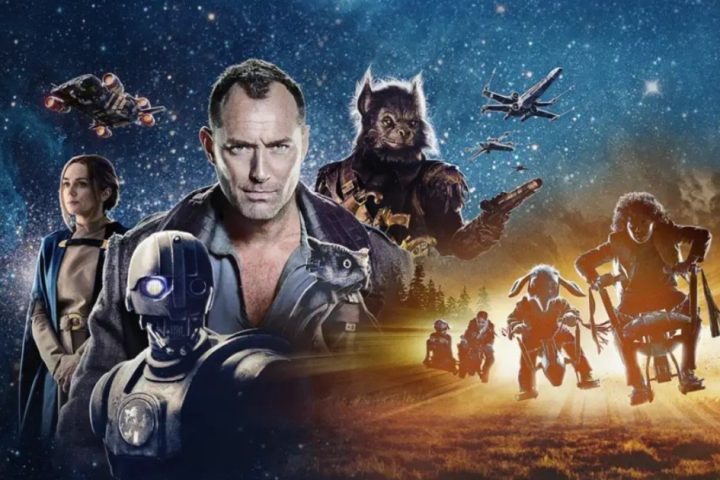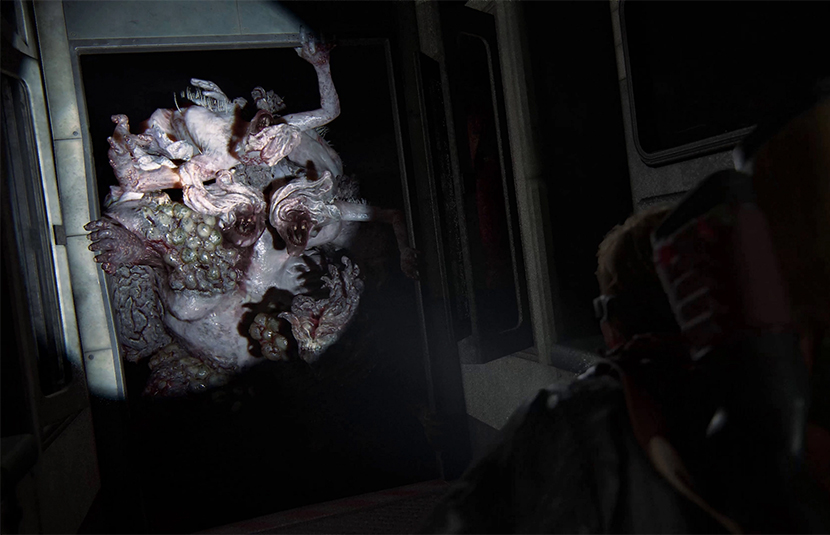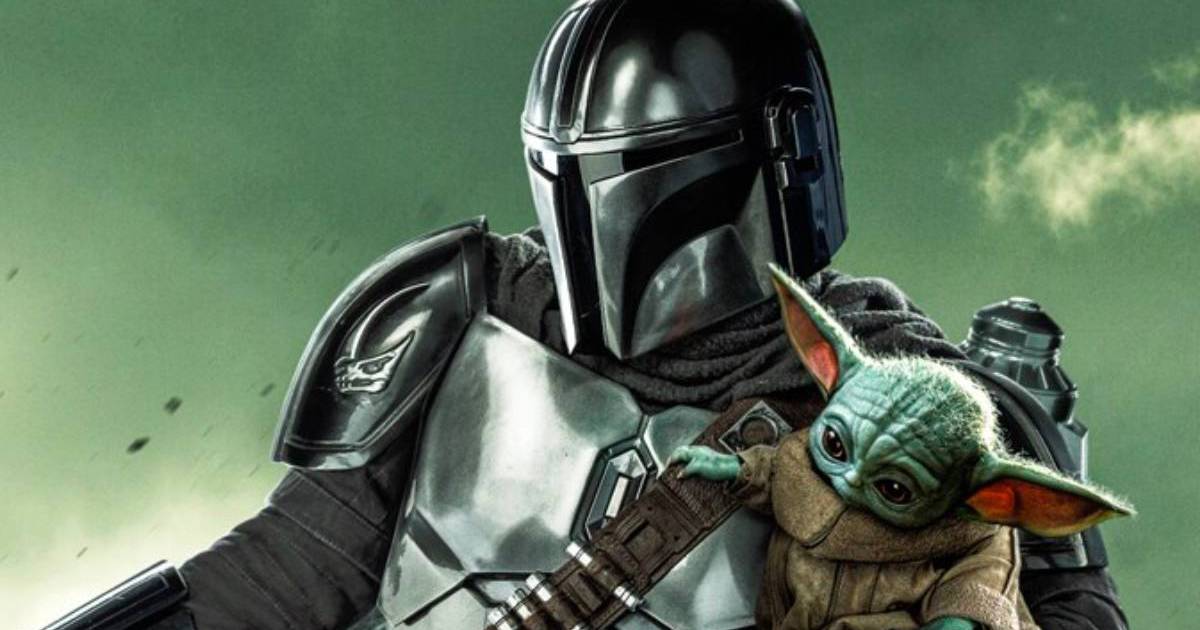When the first Transformers movie hit the big screen, die-hard fans were left scratching their heads: why was the film more focused on the human characters than the robots? A similar outcry was heard when Halo season 1 premiered on Paramount+. Gamers were disappointed that a game centered around a full-blown war between humans and aliens was transformed into a show that barely showcased any actual combat. The reason behind this is simple: the creators are giving you as much as their budget allows and creatively writing around the rest. As the Transformers series evolved, it featured more and more robot action, culminating in Mirage becoming a co-lead in Rise of the Beasts. Similarly, Halo season 2 aims to bring more Covenant Elites to your screen, cleverly utilizing dark rooms, thick fog, rapid camera movements, and cloaking devices.
A Mandate for Masks?
Another point of contention for some Halo fans is the Master Chief (played by Pablo Schreiber) removing his helmet and, indeed, his entire Spartan armor. However, this simply highlights a significant storytelling difference between mediums. In the game, Master Chief is fully covered, serving as an avatar for every player, or at least every male player. If you never see his face, he could be you. This is a clever strategy for audience identification. But when you’re telling a story that involves scenes of the character sleeping, getting his wounds treated, or even showering, it becomes absurd to keep him fully armored all the time.
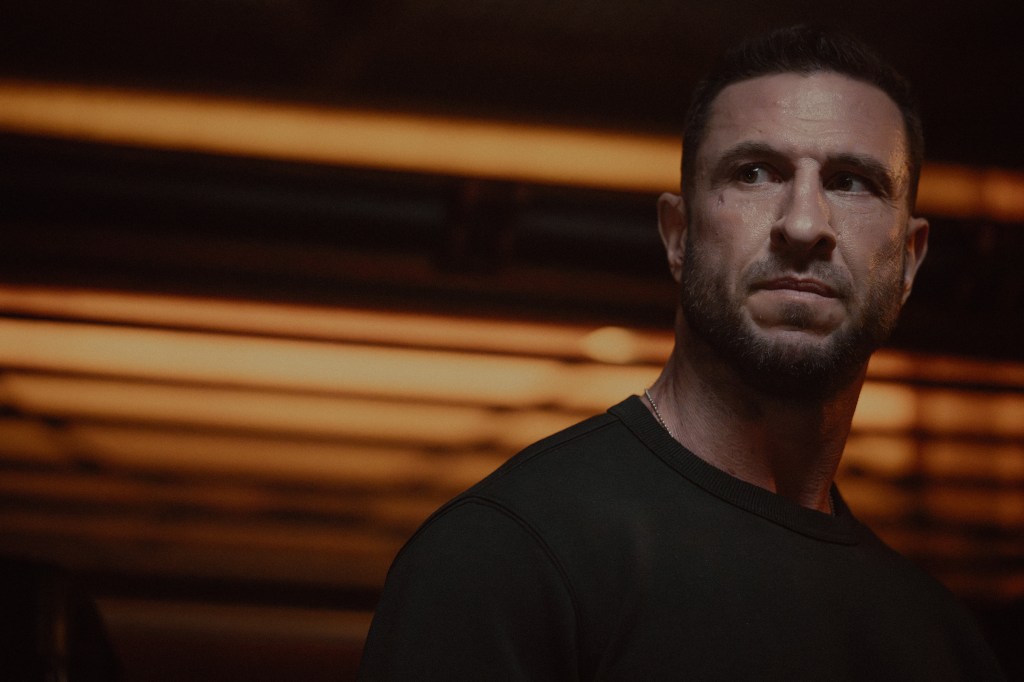
Interestingly, Halo season 2 delves into the dichotomy of the suit versus the man. Master Chief’s superiors emphasize that anyone could be in the suit, while Master Chief, also known as John-117, grapples with what it means to be a nearly indestructible soldier in a world where everyone else is so vulnerable. Schreiber, who is reportedly six foot five, is made to appear around seven feet tall, likely through the strategic casting of shorter co-stars. On one hand, he’s an invincible hero reminiscent of ’80s Schwarzenegger or Stallone; on the other, he’s self-conscious about being little more than the violent object critics of the time accused those stars of being. However, instead of having a humorous take on it, he carries an air of disciplined regret, akin to PTSD.
Mastering Grief
The universe of Halo is steeped in melancholy. We’re told that the government’s grand plan is to confine the war with the alien Covenant to the outer edges of colonized space, allowing those near the center to live in blissful ignorance. However, we never see any of this supposed happiness. Life on the frontier is a grim struggle for survival, filled with despair. In the first four episodes, we encounter two distinct older female characters who argue that dying with their traditions is preferable to merely surviving to potentially face the same ordeal again.
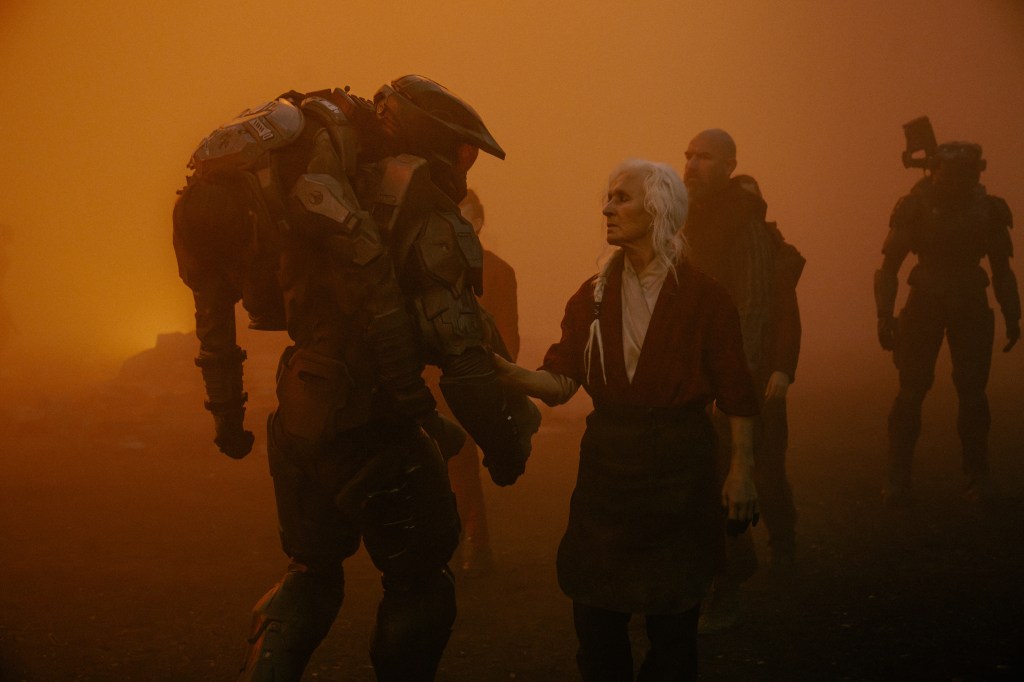
There’s no strategy for humanity to win; the goal is merely to minimize casualties while ignoring the advice of the actual military officers who’ve been in the field. If this scenario feels eerily familiar, it’s probably no coincidence. Just like the Master Chief in the game, we’ve all experienced a period of covering our faces as the ineffective plans of those in power failed to combat the external threat.
A New Chapter
Surprisingly, season 2 doesn’t immediately follow up on many of the cliffhangers from the first season. Cortana, who seemed to have taken control of John, has been removed from his head off-camera, and we rejoin him and his team on a new mission as he battles cloaked Covenants in an unexpected location. The corrupt Dr. Halsey (Natascha McElhone) is missing and presumed dead; Covenant ally Makee (Charlie Murphy; no, not THAT one) is simply presumed dead, but John thinks he sees her during the first battle. Halsey’s replacement is the instantly detestable Ackerson (Joseph Morgan, possibly cast due to his resemblance to Burn Gorman), whose understanding of military strategy appears to be woefully inadequate.
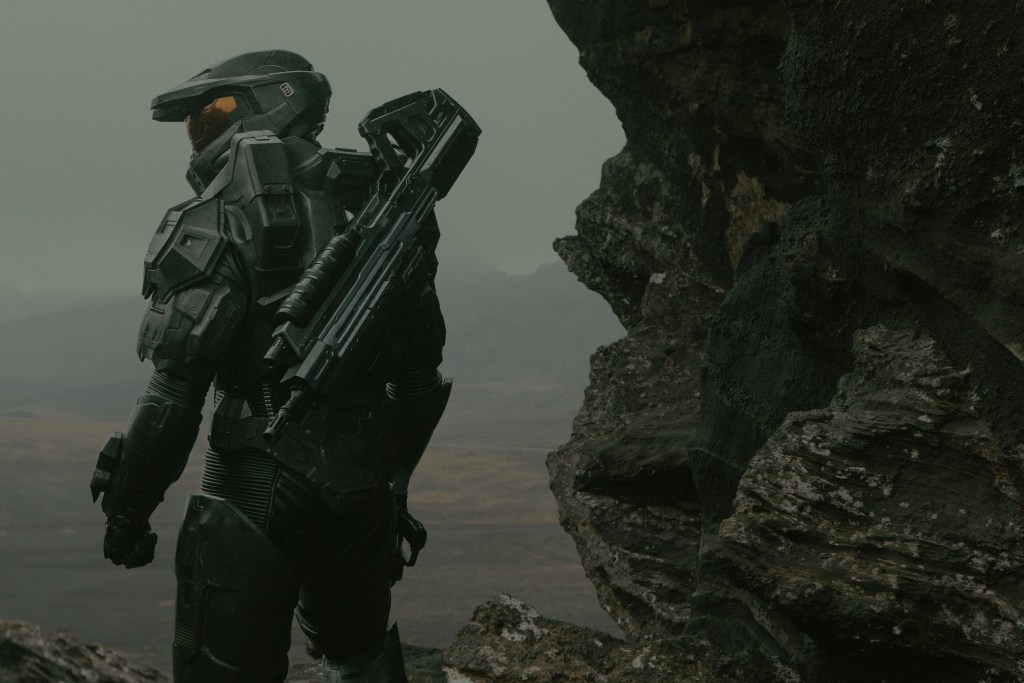
With John having removed his emotion-suppressing chip and no one to corroborate his Predator-style adventure, his sanity is being questioned by the higher-ups just when he might be needed the most. There could have been a version of season 2 that would have been even more intriguing, where the viewer also questioned whether what John saw was real, but that’s not the case here. Master Chief is the good guy, and the show never doubts his perception, at least on this matter.
Woodbine’s Unsurprising Impact
As the most recognizable actor in the cast, Bokeem Woodbine gets the least screen time for a major character but leaves a lasting impression when he does appear. As Soren, a former Spartan turned pirate, he sets off to investigate rumors of Halsey still being alive; unfortunately for us, his storyline often takes him offscreen in favor of Kwan (Yerin Ha), who just isn’t as compelling when not paired with John. This is likely due to budget constraints and Woodbine’s salary demands, but Soren’s family, by the nature of the plot, is rather dull compared to him and results in predictable, lackluster drama when featured.
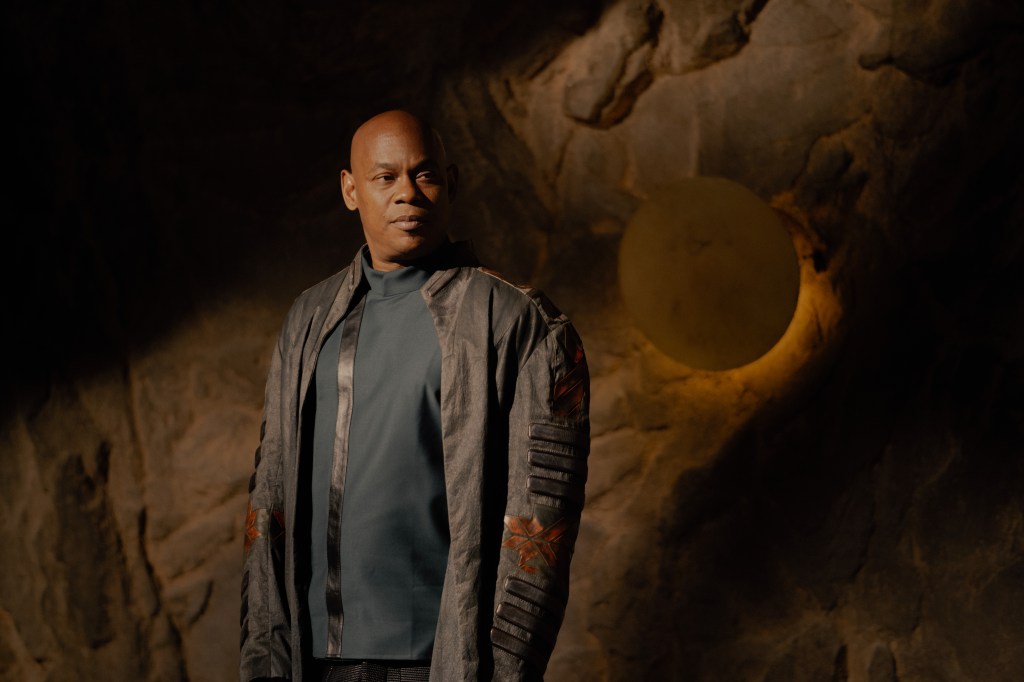
Season 1 had a 1:3 action ratio — out of the nine episodes, three featured game-style battles. In the first half of season 2, we’re already doing slightly better, thanks to a capture-the-flag training sequence that deliberately echoes multiplayer action and the inevitable fall of Reach, which feels like a big-budget rendition of the original Battlestar Galactica’s destruction of Caprica (and that’s a compliment). Adjust your budgetary expectations accordingly, but for a TV show apocalypse, it delivers, even borrowing the kind of stairwell action that Ladj Ly’s Les Miserables executed so brilliantly. It’s worth noting that my previous critique of sparse set dressing has been addressed — this time around, characters’ personal spaces are filled with personal items and clutter.
This…Is…Spartans!
The grimdark universe of Halo won’t appeal to everyone, but with its pervasive sense of impending doom and its heroes’ unwavering determination to keep fighting, it feels like the perfect show for our times. If Zack Snyder cared as much about the story as he does about visuals, he might have created something similar for Rebel Moon. Halo may not be winning any acting Emmys anytime soon, but I predict it will garner a fervent cult following in the years to come.
Grade: 3.5/5
Halo season 2 premieres on Paramount+ on Feb. 8.

